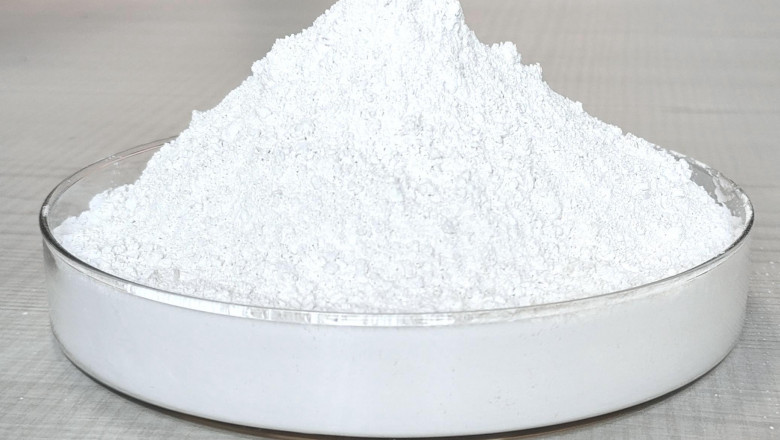views
The global food ingredients industry is in a state of continuous evolution, driven by consumer trends, product innovation, and regulatory developments. Within this context, food grade ammonium carbonate an age-old leavening agent with niche applications is experiencing a complex performance trajectory. While not a high-volume commodity in the global market, its unique functional properties, association with traditional recipes, and alignment with clean label trends have allowed it to maintain a steady, if modest, presence. Understanding the current market performance of food grade ammonium carbonate requires examining both the drivers supporting its resilience and the challenges limiting its growth.
Market Overview
Food grade ammonium carbonate market is primarily used as a leavening agent in baked goods with low moisture content, such as cookies, crackers, and traditional European pastries. Its ability to decompose into harmless gases during baking without leaving any chemical residue makes it particularly suitable for crisp-textured products. However, its usage is largely confined to niche applications, which affects its overall performance in broader market terms.
Despite these limitations, the compound’s market value remains stable and is showing signs of incremental growth in specific regions and segments. It is especially prominent in European markets, where traditional baking practices still rely on its unique characteristics. The compound also sees growing interest in North America and Asia-Pacific, driven by clean label product reformulations and increased experimentation in artisan and ethnic baking.
Performance Drivers
1. Consistency in Traditional Applications
One of the main factors sustaining the performance of food grade ammonium carbonate is its continued use in heritage baking. In regions such as Germany, the Netherlands, and Scandinavia, the ingredient remains essential for preparing recipes like lebkuchen, speculaas, and springerle. Its unmatched ability to produce light, crisp textures in dry baked goods ensures its place in the professional and home baking toolkit in these markets.
2. Clean Label Alignment
As the clean label trend continues to shape food production and marketing strategies, ammonium carbonate is receiving renewed attention. It decomposes into ammonia, carbon dioxide, and water vapor all of which dissipate during baking leaving behind no residues. This aligns well with consumer demand for minimal and transparent ingredient lists, especially in natural or organic food brands. These attributes are helping the compound gain traction in reformulated and premium snack products, contributing positively to its market profile.
3. E-Commerce and Niche Retail Access
Another factor supporting market performance is improved availability through online channels. Specialty retailers and e-commerce platforms now offer food grade ammonium carbonate in both industrial and consumer-friendly packages, broadening access and visibility. Home bakers, food hobbyists, and small-scale producers can now incorporate the ingredient into their recipes with ease, leading to increased use outside of traditional regions.
Challenges to Market Expansion
While performance has been steady, significant expansion remains a challenge. The limited scope of application continues to be the most critical factor. Ammonium carbonate is not suitable for moist or thick baked goods because any residual ammonia can cause off-flavors. This restriction prevents it from being a universal leavening agent and confines its use to a narrow set of products.
Additionally, the lack of consumer familiarity especially in markets where it has not traditionally been used—limits brand adoption and hinders educational marketing. Safety perceptions due to its ammonia component, despite its food-grade status, also affect market penetration.
Moreover, competition from widely accepted alternatives like baking soda and baking powder, which offer greater flexibility and fewer handling challenges, restricts ammonium carbonate’s reach into high-volume commercial food production.
Regional Market Performance
-
Europe remains the stronghold for food grade ammonium carbonate, accounting for the majority of global consumption.
-
North America is witnessing slow but positive performance, mainly in natural food brands and artisan baking segments.
-
Asia-Pacific shows potential, especially in premium Western-style baked goods and e-commerce-driven home baking communities.
-
Emerging markets such as Latin America and the Middle East have minimal usage, with growth dependent on increased availability and cultural adoption.
Conclusion
The market performance of food grade ammonium carbonate reflects a stable yet segmented picture. It is not a high-growth ingredient by volume, but its relevance within traditional baking, clean label reformulations, and specialty product development continues to ensure a consistent demand base. By targeting niche applications, investing in consumer education, and expanding retail access, stakeholders in the food ingredient space can maintain and possibly enhance the performance of this unique and historically significant compound.





















Comments
0 comment